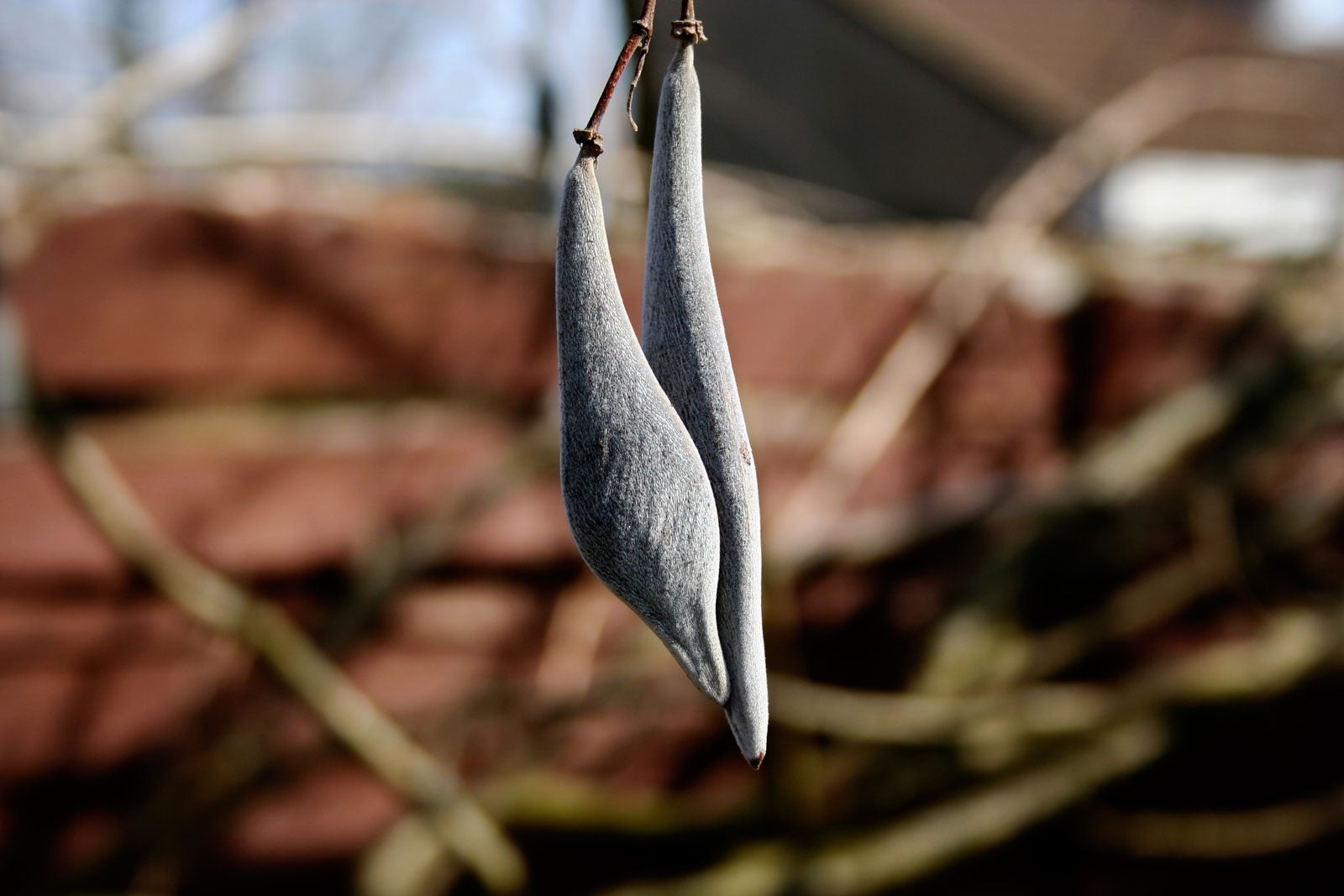How To Grow Wisteria Seeds: Growing Wisteria From Seed Pods
Caroline Bloomfield

A member of the pea family, the beautiful and fragrant wisteria vine is native to China (Wisteria sinensis), Japan (Wisteria floribunda), and parts of North America. The U.S. began to import wisteria in the 1800s.
Wisteria has become a popular climbing vine for trellises, patio overhangs, fences, and buildings thriving best in USDA hardiness zones 4 through 9, depending on the variety. Graceful, drooping wisteria blossoms create a heady environment for courtyards, patios, and areas where summer shade is welcome.
Growing Wisteria from Seed
Although wisteria plants are fairly fast-growing, if you’re looking to propagate one from seed pods, you should know that when started from seed, they can take fifteen or more years to bloom, and the resulting plants don’t always hold true to the parent plant. Growing wisteria from seed can be fun, however, and may produce a lovely vine that will someday produce blooms.
If you want a blooming wisteria plant any time soon, it’s best to propagate one from cuttings. To get a clean cut, use a strong set of pruners like the Felco F6 (Amazon) which are capable of trimming small branches.
About Wisteria Seed Pods
If you open a wisteria seed pod, you’ll see seeds that are either fuzzy or smooth. The fuzzy seeds are from Asian varieties and the smooth seeds are North American. Asian wisteria varieties are the most aggressive and can be invasive. A healthy wisteria plant will produce seed pods in late summer and fall. The pods hang from the vine, just like peas.
To keep a mature wisteria plant blooming, it’s best to cut the seed pods off. Left alone, the pods will ripen, and you’ll have seeds shooting out several feet (about 1 m.) around the plant. Unless you want a wisteria farm, the seeds shouldn’t be allowed to sprout.
How to Grow Wisteria Seeds
It’s best to wait until fall to gather the seed pods you want to work with. Once the mature plant has lost its leaves, it’s time to choose your pods. Pick the pods before they’ve opened and place them in a warm, dry spot. You’ll need to allow them to dry completely until they become quite brittle.
Sign up for the Gardening Know How newsletter today and receive a free copy of our e-book "How to Grow Delicious Tomatoes".
When you’re sure they’re totally dry, twist them to release the seeds. If you want to wait until spring to start your seeds, just put them in a sealed container. When you’re ready to get the seeds started, soak them overnight in warm water.
Fill sterile starter pots with well-draining sterile soil, allowing one pot for every one or two seeds. Soak the soil until it drains thoroughly from the bottom of the pots. Plant the seeds one inch (2.5 cm.) or less deep and place the pots where they will be at least 65 degrees F. (18 C.).
Water the little pots as soon as the surface of the soil starts to dry. You can cover the pots with plastic until sprouts appear. Germination can take from one to two months.
When Should I Plant Wisteria Seeds?
Experts say wisteria seedlings can be planted outside in spring or summer if they have grown at least two sets of leaves or are 4 to 5 inches (10-12.5 cm.) tall. When planting, you’ll also need to be sure there are a full 45 days until the first frost is expected in your area.
Plant your seedlings in an area that gets full sun for at least six hours a day. Be sure the soil is well-draining and plant your seedlings near a wall, trellis, or fence. Since wisteria is a fast-growing vine that can grow 10 feet (3 m.) or more in a year, be sure to give your plant enough room to stretch out and climb.
Again, if you’re hoping for blooms any time soon and aren’t willing to wait up to fifteen or more years for flowers, cuttings will produce blooming wisteria plants much more quickly and the new plants will replicate the traits of the parent plant.
- Caroline BloomfieldManager of Marketing Communications